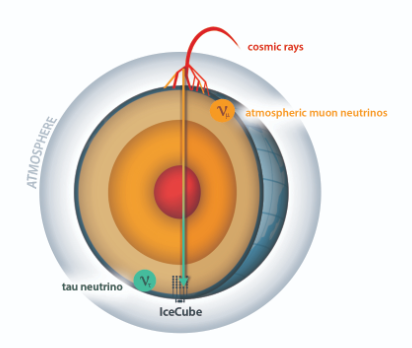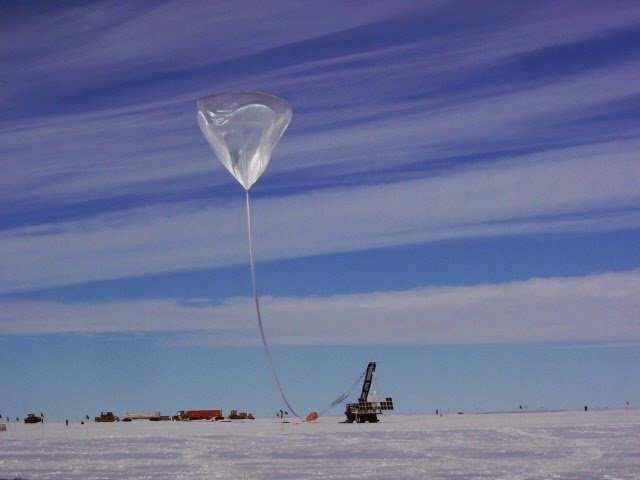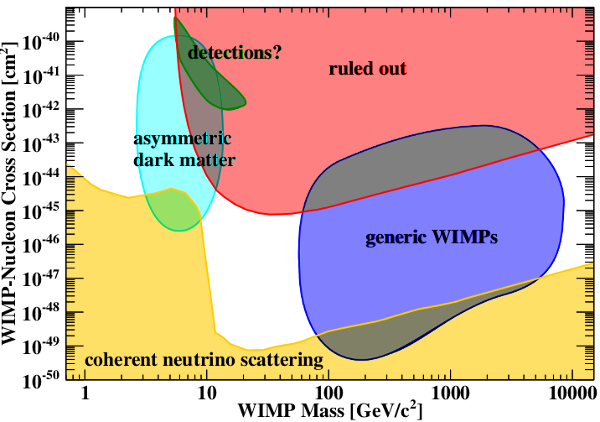My Thoughts on the Future of Particle Physics
Introduction
Today while catching up on the news, I stumble across a concerning article discussing the future for particle physics. In this article, “The Uncertain Future of Particle Physics”, Sabine Hossenfelder suggest researchers should rethink their plans to invest in upgraded research facilities.
Dr. Hossenfelder’s chief complaints are as follows:
- Breakthroughs in particle physics happen to infrequently.
- Money invested in facilities (he calls out the LHC) would be better spend exploring new avenues of research.
- Researcher’s predictions (about dark matter specifically) have become little more than “guesswork”.
I would like to offer my refutation to these positions and hopefully dispel any doubts you may have towards the future of particle physics.
1. Major Breakthroughs Happen to Infrequently
While not specifically particle physics, perhaps the most well-known example from recent history was the announcement of our first direct detection of gravitational waves on September 14th of 2015. Since then the LIGO and VIRGO collaborations have become incredibly successful at detecting and learning from gravitational waves. For example, just last month LIGO and Vergo have announced their discovery of 10 binary black holes mergers and a neutron binary star merger!

Returning to our focus on particle physics, these observations are crucial to projects hoping to learn about the origins of cosmic rays. Astroparticle physics projects, such as the ICECUBE Neutrino Observatory, detect the traces from high energy particles known as cosmic rays. Just like LIGO, ICECUBE has its own share of break through discoveries. For example, on January 17th ICECUBE announced their first confirmed detection of a tau neutrino. With these measurements, physicist can begin learning more about potential abnormalities in neutrinos such as the existence of a fourth flavor.

2. Money Invested In Facilities Would be Better Spent Exploring New Avenues of Research.
For this section there is not much more I can do than refer you to @lemouth’s article on the significance of building a FCC (which stands for a Future Circular Collider).
The one detail I can add relates to the visual below:

Near the bottom of the graphic below is a blue arrow pointing to the LHC’s maximum collision energy of 14 TeV. As you can see our current capabilities with the LHC are far below the full spectrum of what exist in our universe. By running experiments at higher energies, physicist expect to discover new particles as well as explain why this graph has a mysterious “knee”.
Besides making their own discoveries, particle accelerators can be invaluable tools for other projects. For instance, the next CREAM (Cosmic Ray Energies and Mass Experiment) balloon-based mission will be visiting CERN to calibrate their modules calorimeter.

3. Researcher’s Predictions Have Become Little More Than “Guesswork”.
For this point, Dr. Hossenfelder was talking specifically about our research towards detecting dark matter. At the moment, our best prediction for dark matter are known as WIMPS or weakly interactive massive particles. Most modern techniques to detect them involve large volumes of closely monitored noble liquids, such as xenon, where the detectors hope to pick up the signs of nuclear recoils between dark matter and xenon atoms. The challenges in detecting WIMPS arise from both our limited knowledge on how they will interact with our xenon as well as accounting for the very slight chance a WIMP actual decides to interact with our system during a fly through. However, even null results from our experiments are extremely valuable for giving us strong upper bounds for how large and massive WIMPS can be. This data serves to refine out future efforts until we hopefully narrow down our test parameters to successfully detect dark matter

So, what do you think? I would love to hear your opinions in the comments below!
Work Cited:
https://www.ligo.org/news.php
https://en.wikipedia.org/wiki/LIGO#Observatories
https://icecube.wisc.edu/news/view/628
https://en.wikipedia.org/wiki/Dark_matter
https://www.nytimes.com/2019/01/23/opinion/particle-physics-large-hadron-collider.html
Her claims can be refuted as easily as their are made, especially the 1 and 2. The third one is also very biased as we are not only working on dark matter but on many other things too. Thanks for posting this.
Thanks! I appreciate your positive feedback!
You have countered a vague statement, made without specifics, with facts and proof that there is a reason for continuing.
Well done.
I'm glad you liked it!
Congratulations @thequantumknight! You have completed the following achievement on the Steem blockchain and have been rewarded with new badge(s) :
Click here to view your Board
If you no longer want to receive notifications, reply to this comment with the word
STOPTo support your work, I also upvoted your post!
Hello @thequantumknight! This is a friendly reminder that you have 3000 Partiko Points unclaimed in your Partiko account!
Partiko is a fast and beautiful mobile app for Steem, and it’s the most popular Steem mobile app out there! Download Partiko using the link below and login using SteemConnect to claim your 3000 Partiko points! You can easily convert them into Steem token!
https://partiko.app/referral/partiko